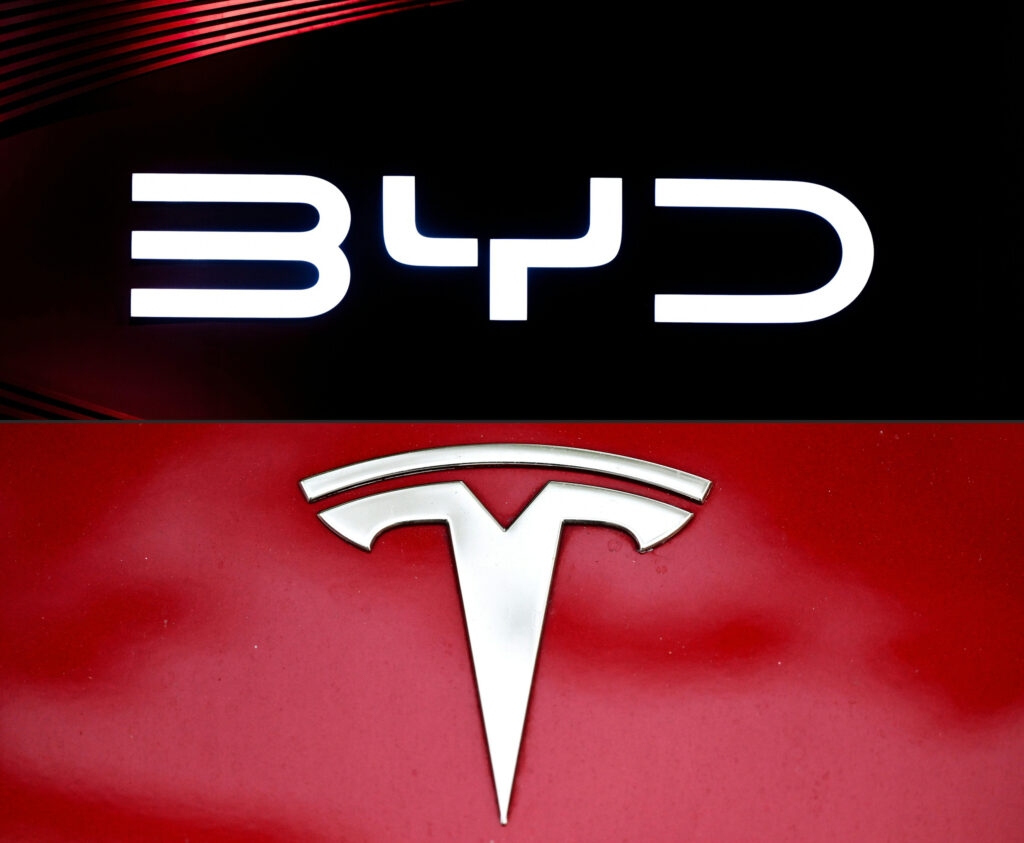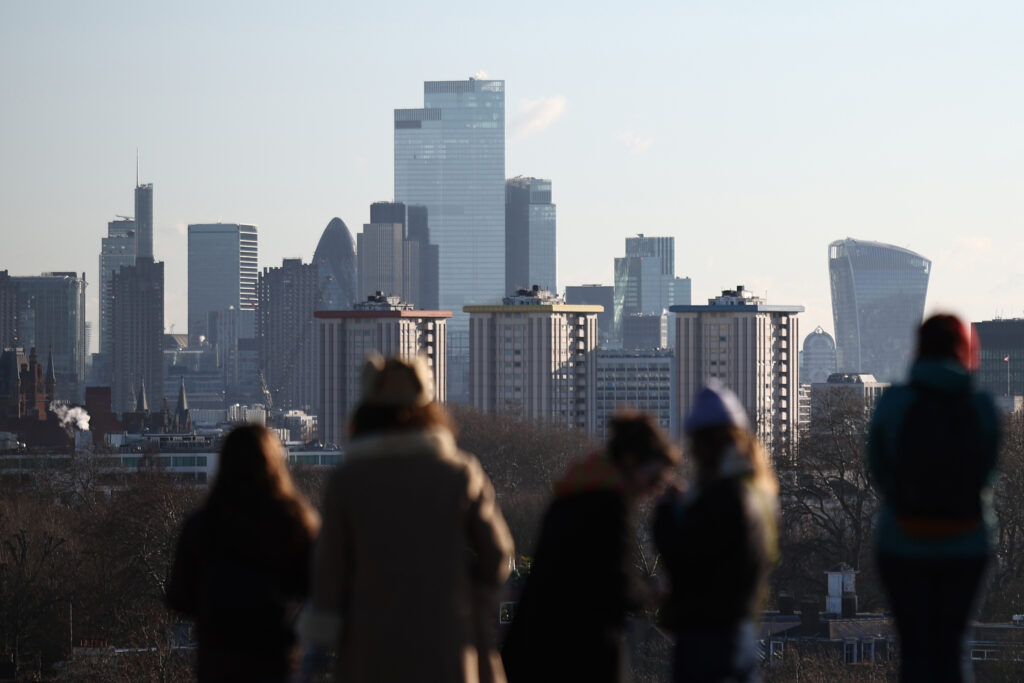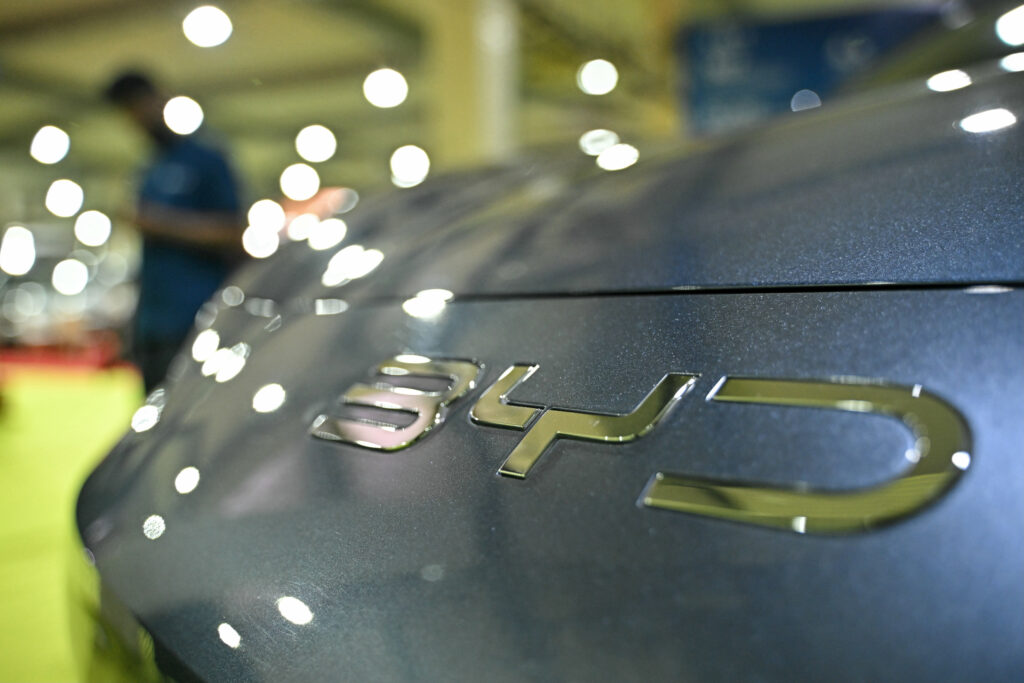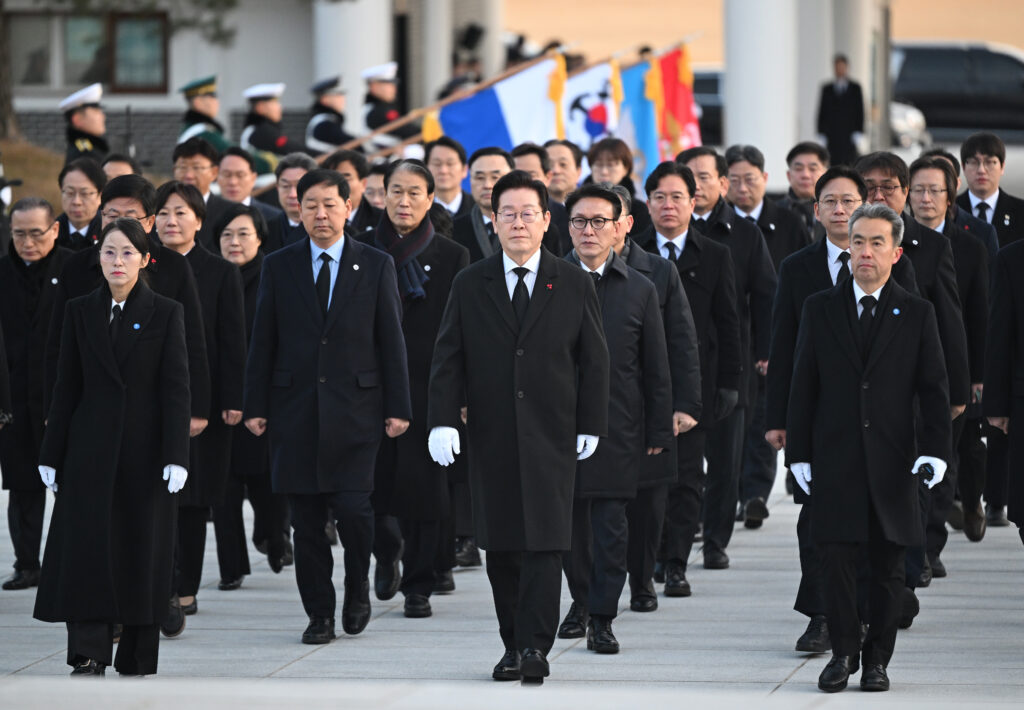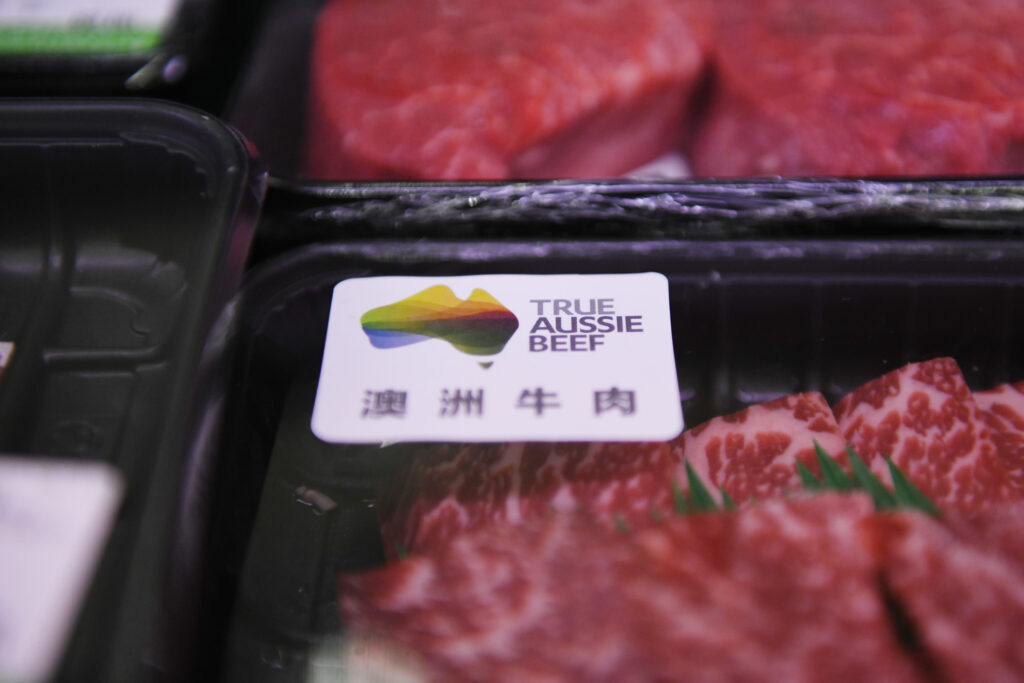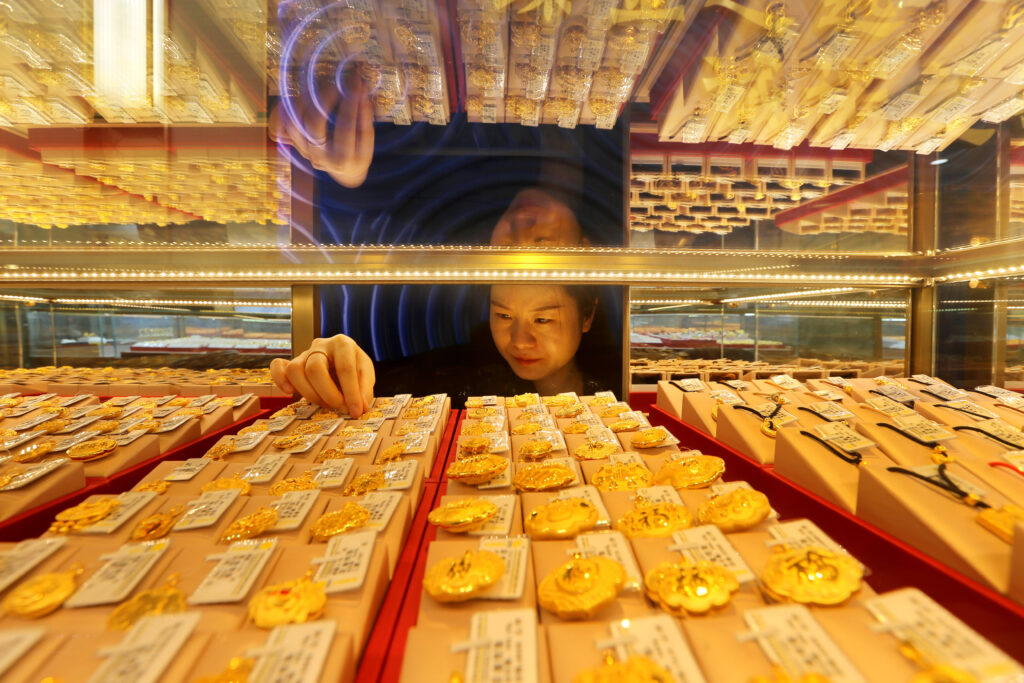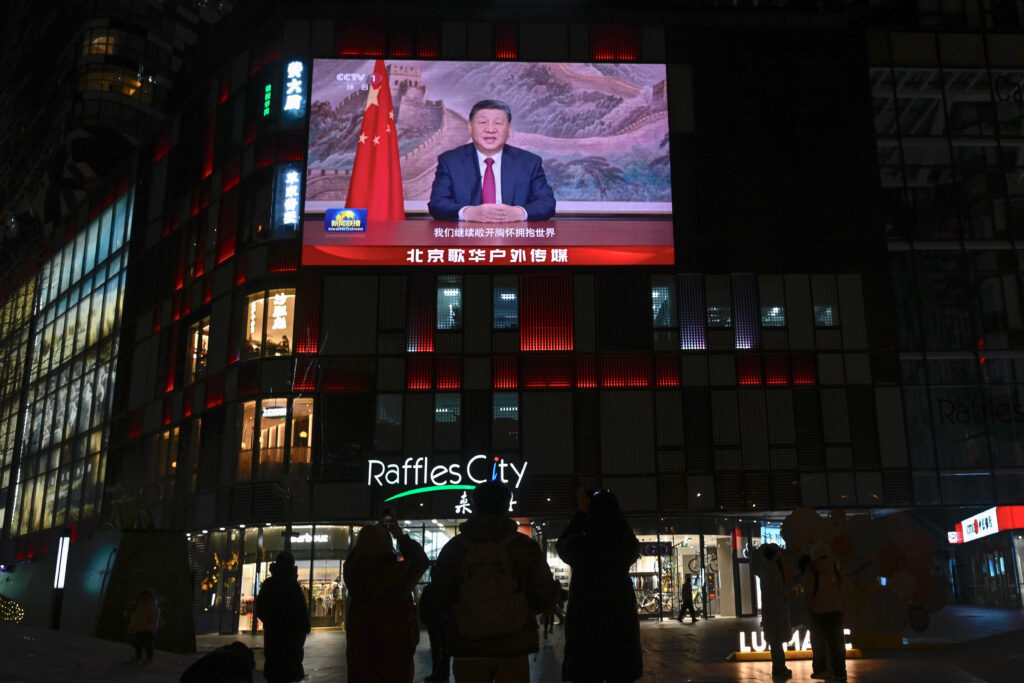Tesla loses EV crown to China’s BYD in 2025 as sales slip
Tesla’s sales fell in 2025, the company reported Friday, ceding its position as the world’s biggest electric vehicle maker for the year to Chinese auto giant BYD.The American company led by Elon Musk logged 418,227 deliveries in the final three months of the year, taking its full-year sales figure to around 1.64 million EVs.This marked a drop in sales of more than eight percent compared with 2024.A day prior, BYD said that it sold 2.26 million EVs last year.Analysts had expected Tesla’s sales in the final quarter to slow less, to 449,000, according to a FactSet consensus.The pullback comes amid the elimination of a $7,500 US tax credit at the end of September 2025, with industry watchers noting it will take time for EV demand to rebalance.But even before then, Tesla had seen sales struggle in key markets over CEO Musk’s political support of US President Donald Trump and other far-right politicians. Tesla has also been grappling with rising competition from BYD and other Chinese companies, and from European giants.Shenzhen-based BYD, which also produces hybrid cars, unveiled record EV sales in the past year on Thursday.Known as “Biyadi” in Chinese — or by the English slogan “Build Your Dreams” — BYD was founded in 1995 and originally specialized in battery manufacturing.The automotive juggernaut has come to dominate China’s highly competitive market for new energy vehicles, a term used to describe various vehicles from fully electric ones to plug-in hybrids. China is the world’s largest market for new energy vehicles.BYD is now looking to expand its presence overseas, as increasingly price-wary consumption patterns in China weigh on profitability.While BYD and other Chinese EV producers come up against hefty tariffs in the United States, the company’s success is picking up in Southeast Asia, the Middle East and in Europe.Tesla only narrowly beat BYD in annual EV sales in 2024, with the US company’s 1.79 million outpacing the latter’s 1.76 million.Tesla shares closed 2.6 percent down in New York on Friday.Analysts at Wedbush Securities noted that Tesla’s quarterly sales figure remained better than some had speculated.They flagged that the company faces a “more difficult demand environment following the end of the EV tax credit while Europe remains a headwind to its deliveries.”The company still sees challenges obtaining certain regulatory approval in Europe — relating to self-driving technology — with sales potentially rebounding once the regulatory hurdles are cleared.”Sales around smaller and emerging markets have started to see larger growth metrics than expectations which look to offset the declines in key regions like China and Europe,” Wedbush analysts said.
